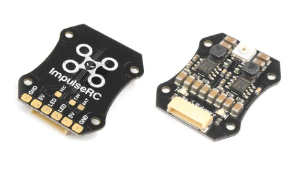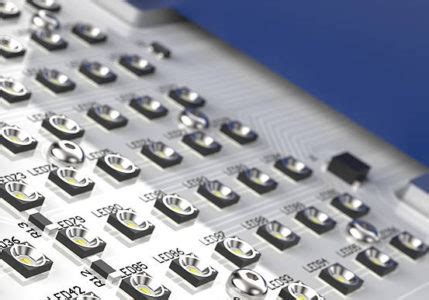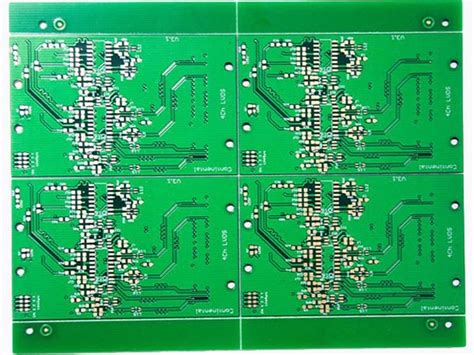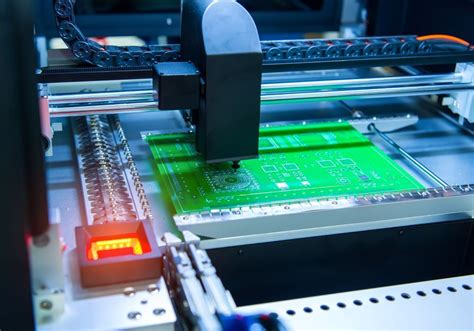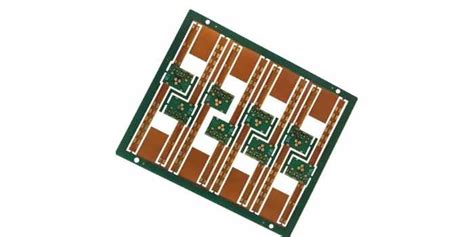Apex Regulator PCB: Design, Functionality, and Applications
Introduction
Printed Circuit Boards (PCBs) are the backbone of modern electronics, providing the necessary platform for electrical components to function efficiently. Among the various types of PCBs, Apex Regulator PCBs play a crucial role in power management systems. These specialized PCBs are designed to regulate voltage and current, ensuring stable and efficient power delivery in electronic devices.
This article explores the design principles, functionality, key components, and applications of Apex Regulator PCBs. By understanding their role in electronic circuits, engineers and hobbyists can optimize their designs for better performance and reliability.
1. What is an Apex Regulator PCB?
An Apex Regulator PCB is a custom-designed circuit board that integrates voltage regulation components to maintain a stable output voltage despite fluctuations in input voltage or load conditions. These PCBs are commonly used in power supplies, battery management systems, and embedded electronics where precise voltage control is essential.
Key Features:
- Voltage Regulation: Maintains a constant output voltage.
- Current Limiting: Protects circuits from overcurrent conditions.
- Thermal Management: Includes heat dissipation mechanisms (e.g., heatsinks, thermal vias).
- Compact Design: Optimized for space-constrained applications.
- High Efficiency: Minimizes power loss through advanced switching or linear regulation techniques.
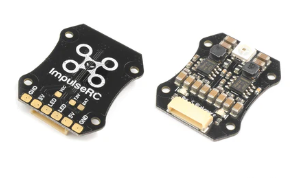
2. Design Considerations for Apex Regulator PCBs
Designing an efficient Apex Regulator PCB requires careful consideration of several factors:
2.1. Voltage Regulation Topology
There are two primary types of voltage regulators used in these PCBs:
- Linear Regulators: Simple, low-noise, but less efficient due to heat dissipation.
- Switching Regulators: Highly efficient, but more complex with potential electromagnetic interference (EMI).
The choice depends on the application’s power requirements and efficiency needs.
2.2. Component Selection
Critical components include:
- Voltage Regulator ICs (e.g., LM7805, LM317, or switching regulators like LM2596).
- Capacitors & Inductors (for filtering and energy storage).
- Diodes & MOSFETs (for switching applications).
- Feedback Resistors (to set output voltage in adjustable regulators).
2.3. PCB Layout Optimization
- Ground Plane Design: A solid ground plane reduces noise and improves stability.
- Thermal Management: Use copper pours, thermal vias, and heatsinks for heat dissipation.
- Trace Width: Ensure adequate trace width for high-current paths to prevent overheating.
- Decoupling Capacitors: Place them close to the regulator IC to minimize noise.
2.4. Protection Circuits
- Overcurrent Protection (OCP): Prevents damage from excessive current.
- Overvoltage Protection (OVP): Safeguards against voltage spikes.
- Thermal Shutdown: Automatically disables the regulator if overheating occurs.
3. Functionality of Apex Regulator PCBs
The primary function of an Apex Regulator PCB is to convert an unstable input voltage into a stable, regulated output voltage. Here’s how it works:
3.1. Input Stage
- The input voltage (e.g., from a battery or AC adapter) is fed into the regulator circuit.
- Input capacitors smooth out voltage fluctuations.
3.2. Regulation Stage
- Linear Regulation: A pass transistor adjusts resistance to maintain output voltage.
- Switching Regulation: A PWM (Pulse Width Modulation) controller rapidly switches a MOSFET to regulate voltage efficiently.
3.3. Output Stage
- Output capacitors filter ripple and noise.
- Feedback mechanisms (voltage dividers) adjust regulation dynamically.
3.4. Monitoring & Protection
- Current sensors and thermal detectors ensure safe operation.
- Fault conditions trigger shutdown mechanisms to protect the circuit.
4. Applications of Apex Regulator PCBs
Apex Regulator PCBs are widely used in various industries due to their reliability and efficiency.
4.1. Consumer Electronics
- Smartphones, laptops, and tablets (battery charging circuits).
- LED drivers and power adapters.
4.2. Industrial Automation
- Motor control systems.
- Programmable Logic Controllers (PLCs).
4.3. Automotive Systems
- Electric vehicle (EV) battery management.
- Infotainment and sensor power supplies.
4.4. Medical Devices
- Portable medical equipment (e.g., glucose monitors).
- High-precision diagnostic machines.
4.5. Renewable Energy Systems
- Solar charge controllers.
- Wind turbine power regulation.
5. Challenges in Apex Regulator PCB Design
Despite their advantages, designing these PCBs presents several challenges:
5.1. Heat Dissipation
- High-power applications generate heat, requiring effective thermal management.
- Solutions: Heatsinks, thermal vias, and proper component placement.
5.2. EMI & Noise
- Switching regulators can introduce electromagnetic interference.
- Solutions: Shielding, proper grounding, and filtering components.
5.3. Component Sizing
- Incorrect capacitor/inductor values can lead to instability.
- Solutions: Simulation tools (e.g., SPICE) for optimal component selection.
5.4. Cost vs. Performance Trade-offs
- High-efficiency regulators (e.g., buck/boost converters) may increase cost.
- Solutions: Balancing performance requirements with budget constraints.
6. Future Trends in Apex Regulator PCBs
As technology advances, Apex Regulator PCBs are evolving with new innovations:
6.1. Integration with IoT & Smart Devices
- AI-powered dynamic voltage scaling for energy efficiency.
6.2. Wide-Bandgap Semiconductors (SiC & GaN)
- Higher efficiency and faster switching speeds.
6.3. Miniaturization & Flexible PCBs
- Ultra-compact regulators for wearable electronics.
6.4. Digital Power Management
- Microcontroller-based adaptive voltage regulation.
7. Conclusion
Apex Regulator PCBs are essential for modern electronics, ensuring stable and efficient power delivery across various applications. Proper design considerations—such as component selection, thermal management, and noise reduction—are critical for optimal performance.
As technology progresses, advancements in semiconductor materials, digital control, and miniaturization will further enhance the capabilities of these PCBs. Engineers must stay updated with the latest trends to design more efficient and reliable power regulation systems.
By mastering the principles of Apex Regulator PCBs, designers can create robust solutions for the ever-growing demands of the electronics industry.

